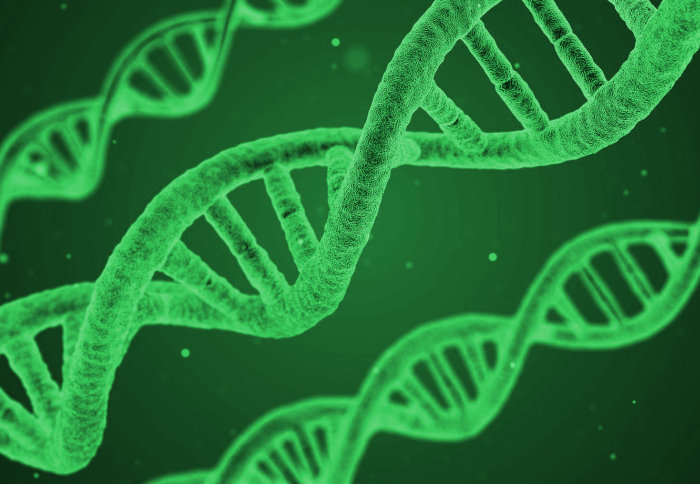Genetic “signature” for Kawasaki Disease paves way for first diagnostic test

Researchers have identified a unique genetic pattern in children with Kawasaki Disease (KD), which could provide the basis for a new diagnostic test.
The study, published in JAMA Pediatrics, reveals for the first time the specific pattern of genes switched on or off in the early stages of KD – an inflammatory condition which is currently the most common cause of childhood acquired heart disease. Researchers analysed the thousands of genes that are expressed in blood cells in samples taken from children with KD and a range of conditions. From this, the team were able to describe a genetic “signature” by identifying a handful of genes that best distinguish the disease from other similar conditions.
The team hopes that the findings will provide the basis for a new diagnostic blood test, which would enable KD to be identified sooner and with greater accuracy.
Diagnostic difficulties
KD can often be difficult and slow to diagnose, due to the fact that its most common symptoms – a high fever and rash – make it easy to confuse with a number of other childhood conditions.
This is particularly problematic because delayed treatment of KD can lead to serious heart issues: the later the diagnosis and treatment occurs, the greater the risk of inflammation of the coronary arteries. Significantly, this inflammation leads to formation of aneurysms in up to 25% of untreated children, and these have lifelong implications – increasing the risk of heart disease and death.
In response to this problem, the Imperial-led international research team set out to investigate whether KD could be diagnosed more accurately in its earliest stages on the basis of a unique genetic pattern in the blood.
Identifying a genetic signature
The team recruited a case study group of 404 children, admitted to hospitals in the UK, the Netherlands, Spain and the US. Blood was collected following the appearance of the relevant clinical symptoms, but prior to formal diagnosis. Within the case study group, 78 of the participants were KD patients, with the remainder being affected by other inflammatory diseases or bacterial/viral infections.
Given the team’s focus on developing a diagnostic test for use in the disease’s earliest stages, KD patients were recruited in the first seven days of illness. To explore how the genetic signature might change in the disease’s later stages, the team also recruited KD patients in the first ten days of signature in an independent validation study.
The blood samples taken from the study participants were then frozen, RNA extracted and analysed using microarrays – a method which analyses all known genes simultaneously to see which genes are being switched on or off in each patient’s blood sample. Further statistical analysis was then performed to pinpoint the exact pattern of gene expression.
The findings revealed a unique signature of 13 genes that accurately distinguished KD from other similar conditions.

Developing the first test for KD
The team behind the study are now looking to develop a device capable of detecting the newly-discovered genetic signature.
In addition to creating a diagnostic device, future studies will need to compare how the signature performs in different contexts – for instance in patient cohorts in other geographic populations, given that KD incidence varies globally by ethnicity.
Commenting on the next steps, the paper’s joint senior author Professor Michael Levin said: “We are already in discussion with a number of biotechnology companies that might help us turn our gene signature into a test.”
“An accurate test for KD could prevent many children worldwide from being diagnosed too late to prevent coronary artery damage. If we can develop a test based on our gene signature, this could transform diagnosis and enable early treatment of children affected by the disease.”
Professor Levin added: “Kawasaki disease is a global problem, which leaves many children with permanent damage to their coronary arteries. Our diagnostic signature is a key step to developing a test that would enable earlier diagnosis and prevention of the coronary complications.”
‘Diagnosis of Kawasaki disease using a minimal whole blood gene expression signature’ by Victoria J Wright, Jethro A Herberg, Myrsini Kaforou, et al. is published in JAMA Pediatrics.
Article text (excluding photos or graphics) © Imperial College London.
Photos and graphics subject to third party copyright used with permission or © Imperial College London.
Reporter
Ms Genevieve Timmins
Academic Services